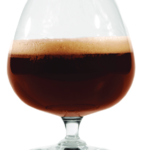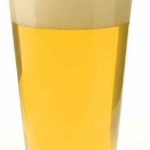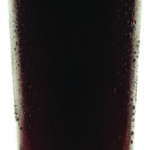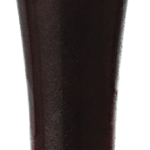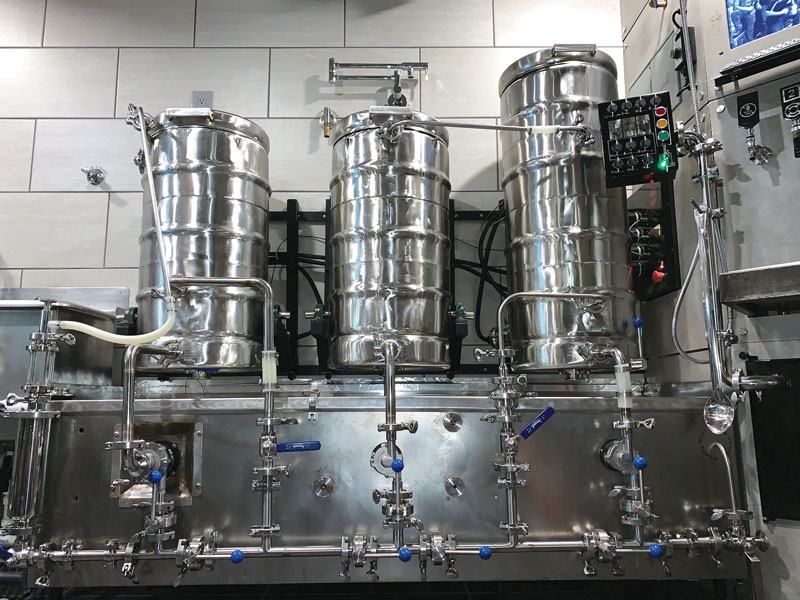Recipe Type: Extract with Grains
Sir Walter Scotch Ale
Pete Rahn, QC Supervisor at Magic Hat Brewing Co. provides a recipe to BYO from his homebrew collection. “My brother went to Scotland for a year. I brewed this Scotch ale the day he left and conditioned it for the year he was gone.”
Fourpure Brewery’s Juicebox Citrus IPA clone
Juicebox is a citrus IPA packed full of orange zest and aromatic hops and is packaged by Fourpure in kegs and cans. As the essential oils are held in suspension, it’s best drunk fresh!
The Kernel Brewery’s Export India Porter clone
This recipe is based on some of the Barclay Perkins (1855) and Whitbread (1856) porters that were sent out to India nearly two hundred years ago. Of course, elements of the ingredients, equipment, and processes are different, and tastes have also changed over time, so in keeping with The Kernel’s philosophy, they have made a beer that contemporary beer drinkers want to drink, rather than a blindly faithful copy of a 19th century recipe.
Düsseldorf Altbier
The grain bill of the classic copper-colored altbier — which is internationally also known as a German Brown Ale — is almost Munich-like, but with a slightly less “caramelly” character than a Märzen, and less dark than a dunkel. It differs from a Munich brew, however, in its much more pronounced hoppiness. This creates a wonderful blend of malt-and-hop aromas in the finish, which is often described as bitter-sweet. The uniqueness of this beer — an ale after all — comes from the clean fermentation of a relatively cold-tolerant, top-fermenting specialty yeast.
Thuringian Schwarzbier
De-husked roasted malts like Carafa® III are an ideal solution to darken the color of schwarzbiers as they don’t have any sharp acrid notes as highly kilned malts do. This makes a surprisingly smooth dark lager.
Munich Dunkel
Authentic dunkels rely on Munich malts to provide color, without the roastiness or burnt flavors often associated with darker beers.
Dream Cream Ale
With such a high percentage of flaked grains, some rice hulls maybe a good addition to the mash in order to help loosen things up.
Legend Brewing Co.’s Utebier clone
“The term Utepils translates from Norwegian loosely into ‘the beer you enjoy outside on the first warm day of springtime’. We obviously brewed an ale, not a Pilsner, but wanted the beer to mimic the refreshing quality while still being full-flavored.” – John Wampler; Brewmaster at Legend Brewing Co.
Cap’N Crunch Amber Oats Ale
Cap’N Crunch Amber Oats Ale (5 gallons/19 L, extract with grains and cereal) OG = 1.053 FG = 1.011 IBU = 36 SRM = 12 ABV = 5.5% Ingredients 2 lb. 5
Vermont Maple Golden Ale
Vermont Maple Golden Ale (5 gallons/19 L, all-grain with maple syrup) OG = 1.046 FG = 1.010 IBU = 17 SRM = 7+ ABV = 4.6% Ingredients 6.5 lbs. (3.0 kg) Maris
Gordon Strong’s London Porter
This recipe took first place at the SODZ British Beer Festival, and is fairly straightforward. It is meant to be in the style of Fuller’s London Porter (my personal favorite), with brown malt being the key flavor ingredient. It was entered in the Beer Judge Certification Program (BJCP) Brown Porter category.
Gordon Strong’s American Robust Porter
This is a more modern take on an American robust porter, although it probably falls in between the BJCP Brown Porter and Robust Porter categories. Note the general similarity with the second recipe in this collection. It also is a nice base beer for a smoked porter; add a half pound of German rauchmalz and lower the bitterness to about 25 IBUs. For a more ‘robust’ American version, double the black malt, add 2 more pounds (0.9 kg) of base malt, and increase the late hops.
